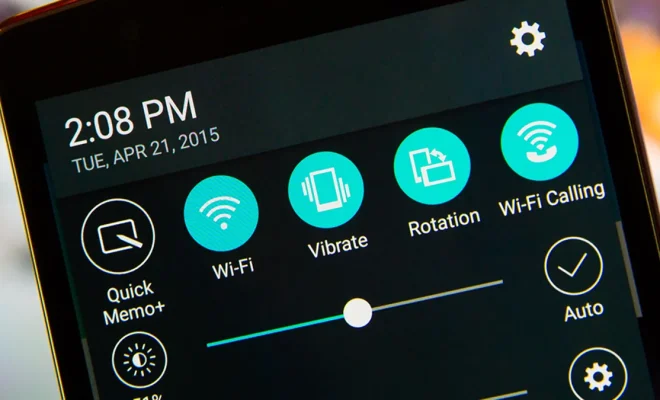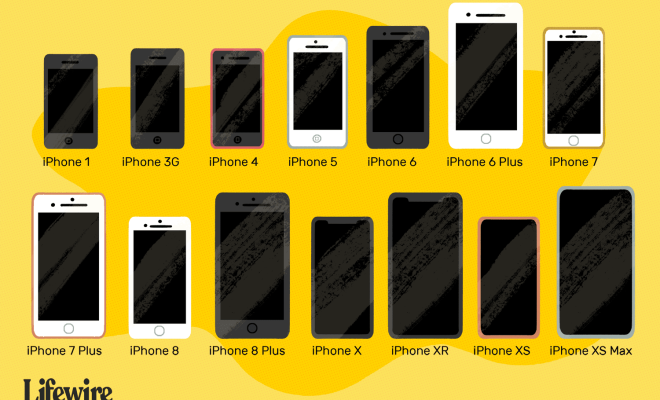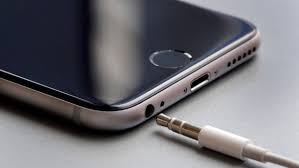What is a Wireless Adapter?

A wireless adapter is a device that allows a computer, laptop, or other electronic devices to connect to a wireless network. It works as an interface between the device and the network, allowing data to flow between the two. With the help of a wireless adapter, users can access the internet, transfer files, or stream media wirelessly.
The wireless adapter uses radio waves to establish a connection with a wireless network. It can connect to many types of networks, including Wi-Fi and Bluetooth. Most wireless adapters use the IEEE 802.11 standards that define the data transfer rates, frequency bands, and other specifications. These standards include 802.11a/b/g/n/ac/ad/ax, each with different speed and range capabilities.
Wireless adapters come in various forms, including USB, PCI, PCI-e, and M.2 cards. USB adapters are portable and can be easily connected to a laptop or desktop computer. PCI and PCI-e adapters are designed to be installed inside a desktop computer, whereas M.2 is a type of card that is installed on some laptops and desktops.
Wireless adapters typically have an antenna that picks up the radio waves and transmits them to the device. Antennas can be internal or external, with the latter providing better range and signal strength. Some advanced wireless adapters come with multiple antennas to support beamforming, which improves the signal quality and range by focusing the signal towards the device.
One of the primary advantages of wireless adapters is the convenience they offer. Instead of being tethered to a cable, users can move around freely and still have access to the internet. This feature is particularly useful for mobile devices like laptops and smartphones. Wireless adapters also eliminate the need for long cables and wiring, which can clutter the workspace.
Wireless adapters are also easy to set up and use. Most adapters come with software that automatically detects and connects to available Wi-Fi networks. Users can also manage their network settings, security, and other preferences through the software. Most modern operating systems also have built-in support for wireless adapters, making them plug-and-play devices.
While wireless adapters offer many advantages, they also have some limitations. First, they are susceptible to interference from other devices that use the same frequency bands, such as cordless phones, microwaves, and Bluetooth devices. This can affect the signal quality and range of the adapter. Second, wireless networks are generally slower and less secure than wired networks. Third, the speed and range of a wireless adapter depend on various factors such as distance, obstacles, and the number of devices connected to the network.
In conclusion, a wireless adapter is a device that allows users to connect to a wireless network. It is an essential tool for accessing the internet, transferring files, or streaming media wirelessly. Wireless adapters come in various forms, including USB, PCI, PCI-e and M.2 cards, and use radio waves to establish a connection. While wireless adapters offer many benefits, they also have some limitations, depending on the situation they are used in.






